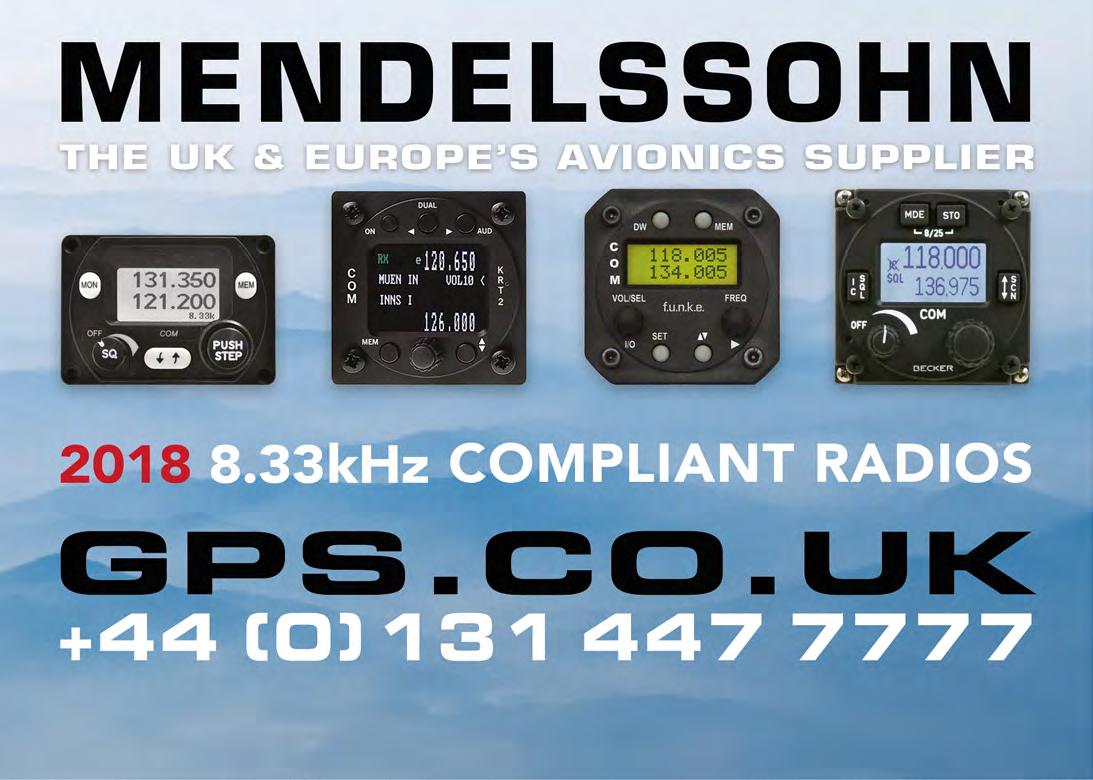Cockpit audio Picture 1
Technical
Heads up… In Part III of how best to deal with audio issues in the cockpit, Ian Fraser looks at aviation headsets
T
he power of advertising is everywhere, beseeching us to spend our hard-earned money on wondrous gadgets – and it’s certainly true in the world of aviation headsets. A headset can cost us from £70 to about £300 for a Passive Noise Reduction (PNR) set, and up to £1,000 for an Active Noise Reduction (ANR) set. In the early days of noise reduction headsets, claims of 20-40dB (see Note 1) noise reduction were common, but many of these performance values have now gone from the sales literature and device specifications. Today, for the high-end sets, they are replaced by claims that they meet TSO C 139 (see Note 2) or are ‘30% better than conventional headsets’, whatever that
Above We put headsets under the microscope. However, is the one that is ‘best’ for you necessarily the most expensive?
means. And at the lower-cost end, they often claim to be just as good as the high-end devices. Headsets now seem to be compared to some unobtainable or meaningless benchmark and we seem to have to rely on the suppliers, or a subjective test in a shop or on a trade stand, to work out if they are going to achieve what we want. So, do we get what we pay for? In this article I take a look at the differences between a collection of headsets and ask how you might determine if they are what you need or if they perform as implied. In GA, our noisy cockpits generate two audio challenges – protecting our ears from discomfort and damage over time due to excessive noise, and being able to hear the radio, warnings and alarms while still being able to hear the engine clearly enough to identify
10 | LIGHT AVIATION | February 2020
LAA02.audio in cockpit.V4.LB.indd 64
24/01/2020 11:45













